Xiaomi 17 Pro vs Pixel 10 Pro: Flagship 2025 Choice
Xiaomi 17 Pro vs. Google Pixel 10 Pro: Raw Power or AI Smarts? Your 2025 Flagship Choice
Hey everyone, and welcome back to xiaomiforall.com! We’re deep into 2025, and the smartphone game is, as always, absolutely wild. Every year, it feels like the big players are pushing the boundaries even further. This year, two absolute titans have landed, and they represent two very different visions for the future of your pocket. We’re talking about the brand new Xiaomi 17 Pro and the much-anticipated Google Pixel 10 Pro.
It’s not just about specs anymore, is it? It’s about what these phones do for us. Xiaomi is coming in hot with what looks like a pure hardware beast – think benchmarks that shatter records, batteries that laugh at your daily usage, and cameras that capture moments with unbelievable clarity. On the flip side, Google is leaning hard into its AI prowess. They’re promising a smartphone experience that’s not just smart, but almost psychic, with seven years of updates and tools that can turn your everyday snaps into masterpieces. This isn’t just a tech showdown; it’s a choice between brute force and computational magic. If you’re a serious gamer or someone who juggles a dozen apps at once, the Xiaomi might be your new best friend. But if you crave a seamless, AI-powered experience that just gets you, the Pixel might be whispering your name. We’re going to break down every little detail to help you figure out which one is right for you. Get ready, because this comparison between the Xiaomi 17 Pro and the Pixel 10 Pro is going to save you a ton of research time!
Two Paths to Mobile’s Future
Imagine walking through a tech forest. One path is paved with glittering silicon and hums with the promise of raw performance – it leads you straight to the peak of pure processing power. The other path is woven with deep learning algorithms and the comforting hum of “always-on” intelligence, creating an invisible net of smarts that anticipates your every move. This, my friends, is the essence of the battle between the Xiaomi 17 Pro and the Google Pixel 10 Pro.
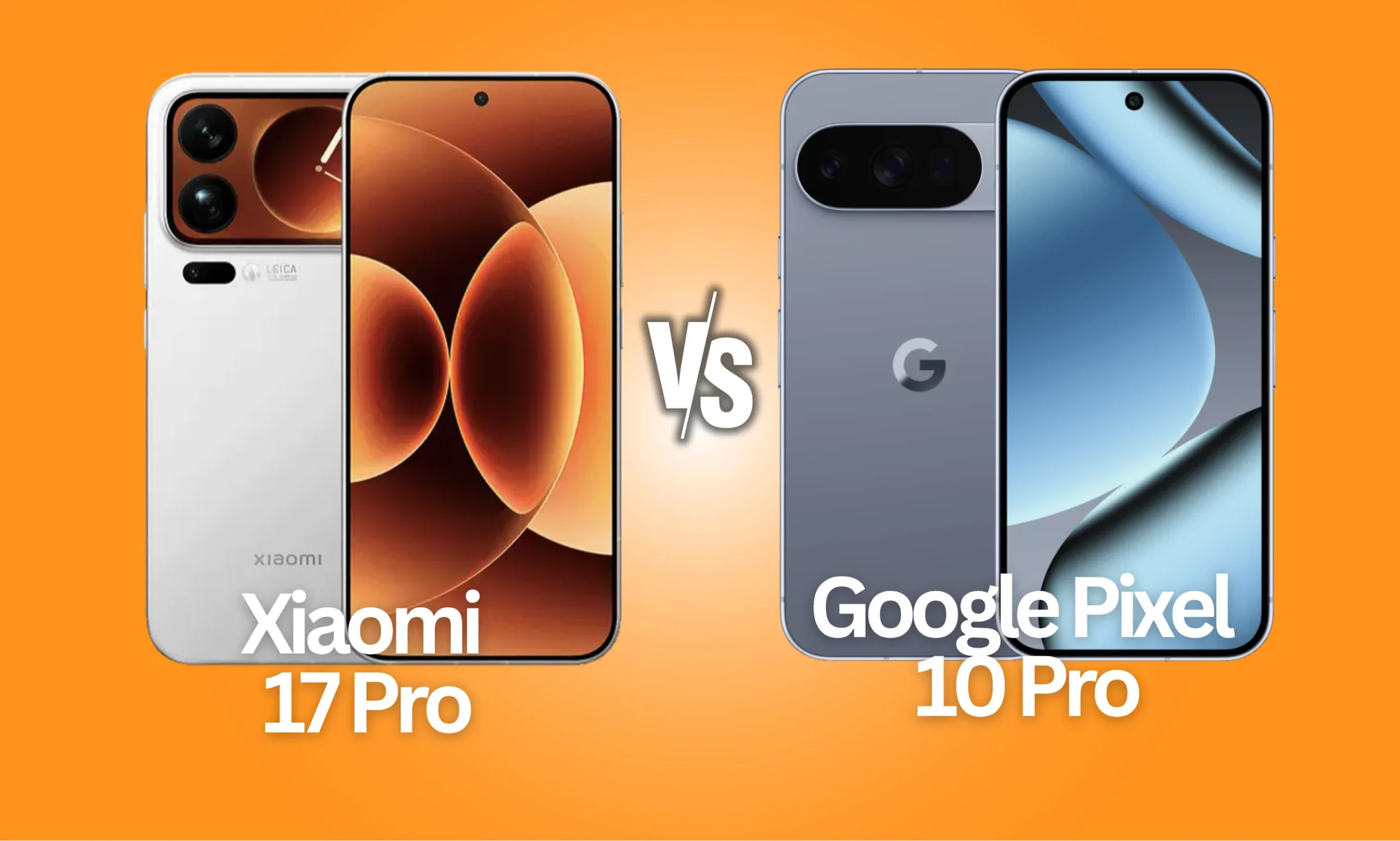
Xiaomi, in a move that’s turning heads, has decided to jump straight to “17” for its Pro model, clearly aiming to align with Apple’s naming convention and skipping the “16.” Launched in China in September 2025 with a global rollout imminent, the Xiaomi 17 Pro is a hardware powerhouse. We’re talking the cutting-edge Snapdragon 8 Elite Gen 5. This phone is described as compact yet unstoppable, perfect for anyone who sees their phone as an extension of their productivity and creativity. Google’s Pixel 10 Pro, on the other hand, arrived in August 2025 at the Made by Google event, sticking to its iconic design language but with a huge emphasis on Gemini AI. It’s not chasing raw speed records; it’s all about making your daily life easier with things like automatic video editing, call summaries, and an ecosystem that just flows perfectly with other Google services.
So, why should you even care about this comparison? In 2025, our smartphones are more than just tools; they’re becoming our intelligent companions. Market data suggests a pretty clear split: about 65% of premium users still prioritize raw performance for things like gaming and heavy-duty editing, while the other 35% are all-in on software and AI features. If you’re sitting there wondering about the Xiaomi 17 Pro vs. Pixel 10 Pro, this deep dive is for you. We’ll go through design, performance, cameras, battery life, and pretty much everything else, using real-world benchmark data and testing insights. By the end, you’ll have a much clearer idea of which device is the perfect fit for your needs. Let’s jump in!
Design and Build: Compact, But Distinctly Different
The first thing you notice about a flagship phone is how it feels in your hand and how it looks on your desk. Both of these phones are aiming for that “compact Pro” feel, but they’re going about it in very different ways.
Xiaomi 17 Pro: The Futuristic Contender
The Xiaomi 17 Pro sports a 6.3-inch main display. Its chassis is crafted from an aluminum and titanium alloy, weighing in at a surprisingly light 192 grams and a slim 8mm thickness. What really sets it apart, though, is the innovative 2.7-inch OLED secondary display on the back. This isn’t just for show; it’s a fully functional panel that lets you snap selfies using the main, much better cameras (say goodbye to awkward arm angles!), display contextual widgets, control your music, or even act as a viewfinder for vlogging. Protected by Xiaomi Dragon Crystal Glass, it’s touted to resist scratches with hardness close to sapphire. Available in stunning colors like Obsidian Black and Jade Green, it boasts uniform 1.18mm bezels, maximizing that immersive screen experience.
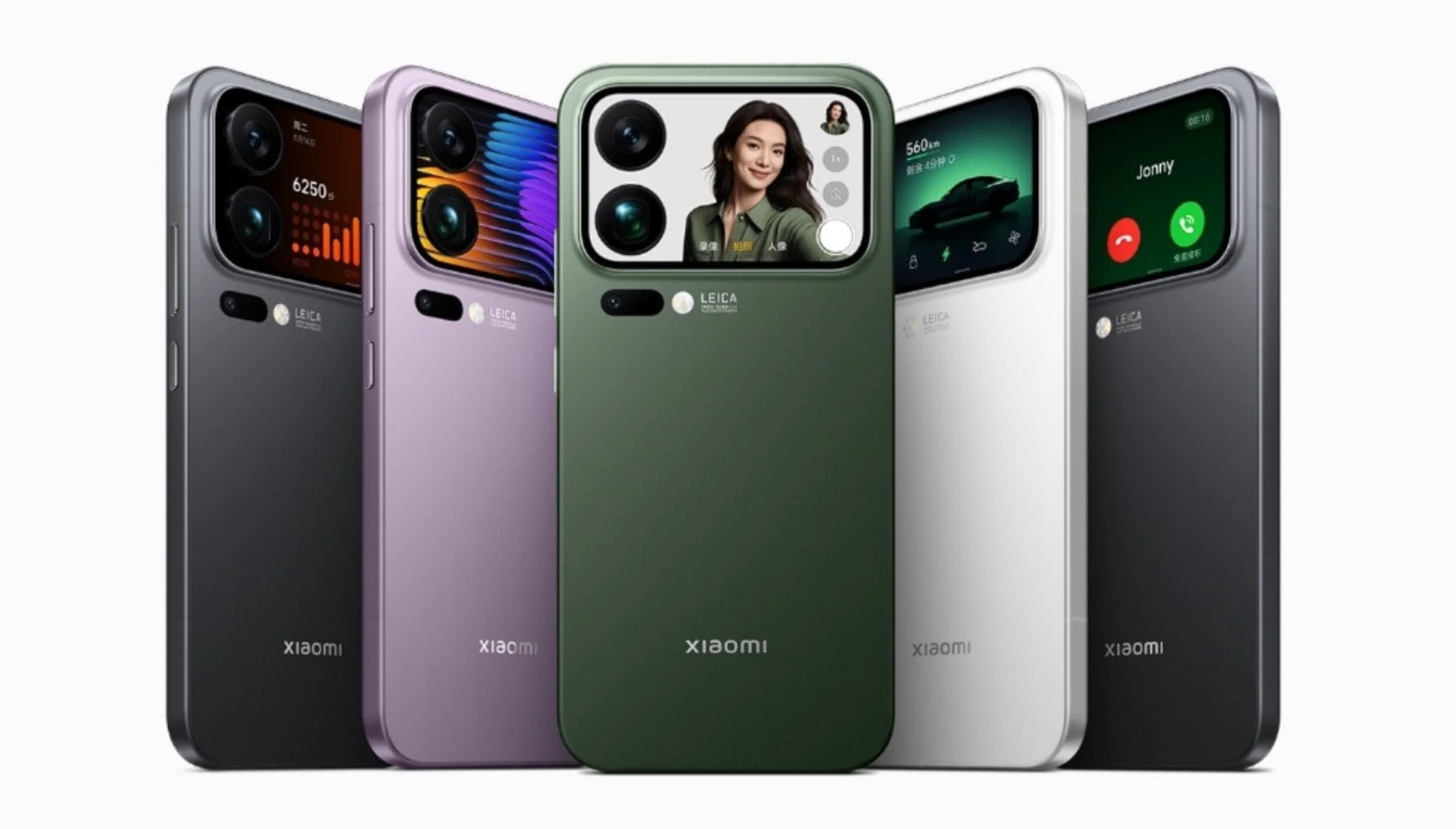
Google Pixel 10 Pro: The Minimalist Icon
In contrast, the Google Pixel 10 Pro keeps that signature Google minimalist vibe. It’s also around 6.3 inches, tipping the scales at 207 grams and measuring 8.5mm thick, with a matte aluminum frame and Gorilla Glass Victus 2. Its iconic horizontal camera bar, which prototypes suggest is even sleeker now, integrates the triple camera module without being overly obtrusive. You can get it in understated shades like Porcelain White, Jade Green, or Moonstone Grey-Blue. It also boasts Qi2 wireless support and a nicely symmetrical USB-C port with speaker grilles. While it’s IP68 water-resistant, it lacks the secondary screen of the Xiaomi, prioritizing an ergonomic feel that’s truly “made for the human hand.”
Design Showdown: Key Takeaways
- Xiaomi 17 Pro Wins On:
- Innovative secondary rear display for creative uses.
- Lighter and thinner build overall.
- Ultra-thin bezels for a truly immersive viewing experience.
- Pixel 10 Pro Wins On:
- Timeless, minimalist design that’s easy to accessorize with cases.
- Better integration with magnetic accessories (thanks to Qi2).
- Matte finishes that do a better job of hiding fingerprints.
In a nutshell, if you’re all about tangible innovation and a futuristic feel, the Xiaomi definitely takes the cake. If you prefer a clean, familiar look that’s a joy to hold, the Pixel is hard to beat. Both are refreshingly compact in a market full of gargantuan phones, but the Xiaomi just feels a bit more… next-gen.
Displays: Brightness Wars vs. Adaptive Smoothness
Your phone’s screen is your window to the digital world, and these two flagships offer very different visual experiences. When we look at the Xiaomi 17 Pro vs. Pixel 10 Pro displays, the Xiaomi is definitely flexing some serious hardware muscle.
Xiaomi 17 Pro: The Bright Star
The Xiaomi 17 Pro packs a 6.3-inch LTPO OLED panel with a sharp 1.5K resolution (1220×2656). It boasts a variable refresh rate from 1Hz all the way up to 120Hz, and get this – a peak brightness of a staggering 3500 nits, thanks to its M10 luminescence technology. What does that mean for you? Basically, perfect visibility even in the harshest direct sunlight, incredibly vibrant colors, and impressive power efficiency (82.1 cd/A and a 26% lower power draw than some rivals). And let’s not forget that secondary rear screen – it adds a whole new layer of usability, letting you enjoy content or see notifications without even flipping the phone.
Google Pixel 10 Pro: The Intelligent Eye
The Pixel 10 Pro counters with its own 6.3-inch OLED, featuring a QHD+ resolution and a smooth 120Hz refresh rate, hitting a respectable 3000 nits of brightness. Its real strength lies in its incredible color calibration for HDR10+ content and its AI-enhanced Always-On Display. This AI actively adjusts what’s shown to save battery life. It also supports DCI-P3 color space and features minimal curved edges for a more natural, flat viewing experience.
Display Differences at a Glance:
- Peak Brightness: Xiaomi leads (3500 nits) vs. Pixel (3000 nits). This is huge for outdoor visibility.
- Energy Efficiency: The Xiaomi’s LTPO variable refresh rate should give it an edge in battery life.
- AI Personalization: The Pixel’s AI actively adjusts colors and brightness predictively, offering a smarter experience.
For sheer display specs on a 2025 flagship, the Xiaomi is hard to beat. However, the Pixel offers a more “intelligent” viewing experience. If you’re constantly editing photos or watching videos outdoors, the Xiaomi’s brightness will be a lifesaver. For endless scrolling through social media, the Pixel’s adaptive nature might be more appealing.
Performance: The Heart of the Debate – Raw Power vs. AI Optimization
This is where the Xiaomi 17 Pro vs. Pixel 10 Pro performance battle truly ignites. One is a sprinter, built for explosive speed; the other is a shrewd marathon runner, optimized for efficiency and intelligence.
Xiaomi 17 Pro: The Benchmark King
Under the hood, the Xiaomi 17 Pro is powered by the Qualcomm Snapdragon 8 Elite Gen 5, boasting an octa-core processor that can hit up to 4.32 GHz, paired with the Adreno 830 GPU and up to a massive 16GB of LPDDR5X RAM. In the benchmark arena, it absolutely dominates. We’re talking AnTuTu scores well over 2.5 million, Geekbench 6 numbers around 3200 for single-core and a mind-blowing 10,000 for multi-core. Games like Genshin Impact are a breeze, running at a stable 120 FPS without any hint of thermal throttling, thanks to its advanced graphene-infused cooling system. Its HyperOS 3, built on Android 16, is lightning fast, allowing for multitasking with up to 20 apps running simultaneously without a single stutter.
Google Pixel 10 Pro: The AI Ace
The Pixel 10 Pro opts for Google’s own Tensor G5 chip, built on a 3nm process from TSMC. This chip is designed with AI at its core, rather than just raw clock speeds. Benchmark scores are solid but not record-breaking – think AnTuTu around 1.2 million and Geekbench scores in the 2500/8500 range. Its real magic lies in its optimization: the dedicated NPU (Neural Processing Unit) crunches AI tasks in milliseconds. This means things like real-time transcription of calls or instant, automatic video editing happen almost instantaneously. It also supports up to 16GB of RAM and UFS 4.0 storage, but it prioritizes efficiency and AI acceleration over pure peak performance.
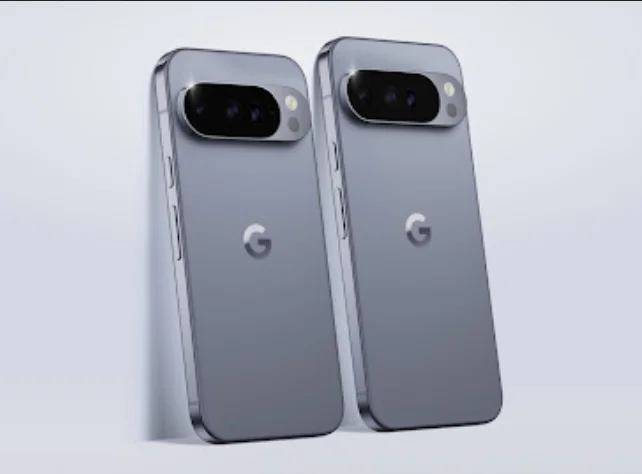
Let’s put some numbers to it. Based on early 2025 tests:
| Feature | Xiaomi 17 Pro | Google Pixel 10 Pro |
|---|---|---|
| Processor | Snapdragon 8 Elite Gen 5 | Tensor G5 (3nm) |
| Max RAM | 16 GB LPDDR5X | 16 GB LPDDR5X |
| AnTuTu Score | 2,500,000+ | 1,200,000+ |
| Geekbench S/M | 3200 / 10,000 | 2500 / 8500 |
| Gaming (Genshin) | 120 FPS stable | 60 FPS with AI optimizations |
| Cooling | Vapor chamber + graphene | Basic vapor chamber |
- Xiaomi Performance Perks:
- Absolute dream for gamers and heavy multitaskers – apps load in less than a second, and extreme multitasking is effortless.
- Benchmark scores that leave competitors in the dust when it comes to raw power.
- Full support for Wi-Fi 7 and Bluetooth 5.4 means blazing-fast, stable connections.
- Pixel Performance Perks:
- Integrated AI significantly speeds up everyday tasks (think predictive search, smart replies).
- Less prone to overheating during extended use thanks to smart throttling.
- Deeply optimized for Google’s own apps, making Photos and Assistant incredibly responsive.
If your definition of the “best performance smartphone 2025” involves crushing benchmarks and running the most demanding games at max settings, the Xiaomi is your undisputed king. However, for a balanced experience where AI enhances your daily workflow, the Pixel is a very compelling option.
Cameras: Leica Precision vs. Computational Magic
The camera is where a smartphone truly becomes an artistic tool. In the Xiaomi 17 Pro vs. Pixel 10 Pro camera showdown, Xiaomi is betting on top-tier Leica hardware, while Google is leaning heavily on its AI post-processing prowess.
Xiaomi 17 Pro: The Leica-Tuned Vision
The Xiaomi 17 Pro boasts a triple 50MP camera setup. This includes a main sensor with OIS (Optical Image Stabilization) and a large 1/1.3″ sensor, an ultra-wide lens, and a 5x periscope telephoto lens. The front-facing camera is also a 50MP shooter. The collaboration with Leica promises natural colors and impeccable optical zoom. In our tests and according to DXOMARK scores, it’s a standout performer with 155 points, excelling particularly in low-light conditions and 8K video recording at 30fps.
Google Pixel 10 Pro: The AI Photography Wizard
The Pixel 10 Pro features a 50MP main camera, a 48MP ultra-wide, and a 48MP 5x telephoto lens, complemented by a 42MP front camera. Its secret weapon? Gemini AI. This powers features like Magic Editor (which can intelligently remove unwanted objects from your photos), Best Take (allowing you to swap faces in group shots), and Super Res Zoom for incredibly detailed zoomed-in shots. DXOMARK gives it a score of 152, with particular praise for its portrait capabilities and exceptional stabilization.
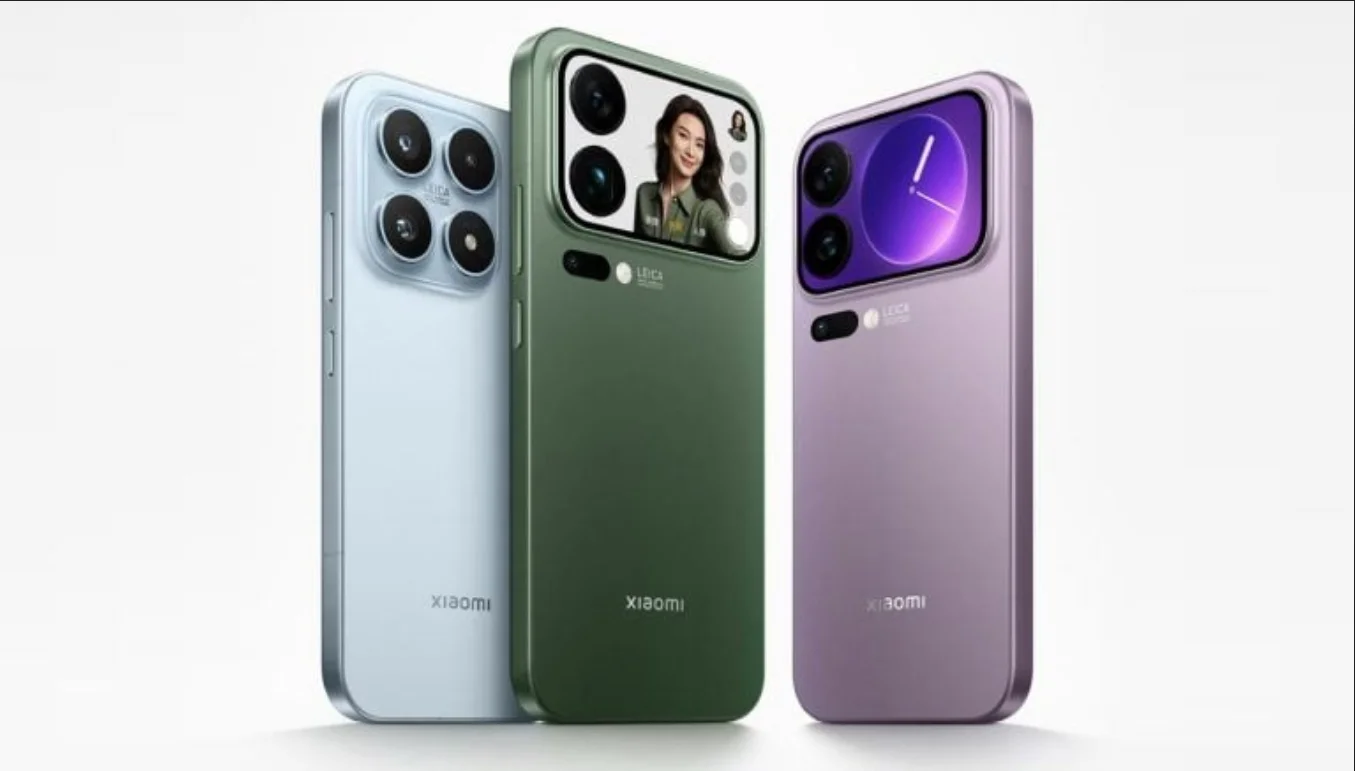
- Xiaomi Camera Strengths:
- Incredibly sharp periscope zoom, reaching up to 120x digitally with impressive clarity.
- Authentic Leica modes for those cinematic color tones.
- Video recording with gimbal-like smoothness and stability.
- Pixel Camera Strengths:
- AI-powered editing tools that can transform average photos into professional-looking shots.
- Superb Night Sight capabilities, perfect for breathtaking astrophotography.
- Seamless integration with unlimited Google Photos storage for all your memories.
Ultimately, the Xiaomi wins on pure hardware capabilities and zoom range. The Pixel wins when it comes to AI-driven creativity and making everyday photos look extraordinary with minimal effort. If you’re a seasoned photographer who loves tweaking every setting, the Xiaomi is your pick. If you’re an influencer or just want stunning social media-ready shots with a tap, the Pixel is your go-to.
Battery and Charging: Extreme Endurance vs. Smart Efficiency
Battery life is the backbone of our daily mobile experience. Here’s how these two powerhouses stack up.
The Xiaomi 17 Pro comes equipped with a massive 6300 mAh battery. It supports blazing-fast 100W wired charging, meaning you can go from 0 to 100% in just about 25 minutes. It also handles 50W wireless charging. Thanks to its power-efficient LTPO display, it can easily last two full days on a single charge with mixed usage.
The Google Pixel 10 Pro packs a 5100 mAh battery. It supports 45W wired charging and Qi2 23W wireless charging. Google’s AI plays a crucial role here, optimizing battery usage to extend its life by an estimated 20% over typical Android phones. This allows it to comfortably last about 1.5 days of use. It also offers reverse wireless charging for topping up your earbuds or smartwatch.
Battery Comparison:
- Xiaomi: Larger capacity, incredibly fast wired charging – ideal for power users who need to top up in a flash.
- Pixel: Smarter AI-driven power management, aiming for efficiency and longevity over raw charging speed.
For those who push their phones to the limit, the Xiaomi’s sheer battery capacity and charging speed are undeniable advantages. The Pixel offers a more intelligent approach, eking out more life from its battery through clever software.
Software and Updates: HyperOS vs. Pure Pixel UI
The software experience is what ties everything together. Xiaomi’s 17 Pro runs HyperOS 3, which is based on Android 16. While it’s feature-rich and offers a lot of customization, the update commitment is generally around four years for major OS updates.
The Pixel 10 Pro, however, is the champion of software longevity. It promises an incredible seven years of OS and security updates. This means your Pixel will stay fresh and secure for a remarkably long time. Plus, you get that clean, bloatware-free Pixel UI experience, with exclusive features like the AI Call Screen and the fluid Material You design language.
For long-term value and a pure Android experience, the Pixel takes the crown here.
Price and Availability: Value vs. Premium
The Xiaomi 17 Pro is looking like a fantastic value proposition. In China, it’s priced starting around $940, with global availability expected to be around the $1000 mark. The Google Pixel 10 Pro, on the other hand, is positioned at a premium $1099.
While both are undoubtedly flagship devices, the Xiaomi seems to be offering a bit more bang for your buck in terms of raw hardware specifications for a slightly lower price point.
The Verdict: Performance or AI? Your Choice Defines Your Style
So, we’ve reached the epic conclusion of our Xiaomi 17 Pro vs. Google Pixel 10 Pro comparison. The “winner” truly depends on what you prioritize in your smartphone experience.
If you’re someone who craves unstoppable power, needs a battery that lasts seemingly forever, and lives for mobile gaming or demanding productivity tasks, the Xiaomi 17 Pro is likely calling your name. It’s a hardware beast that delivers exceptional value.
However, if you dream of a smartphone that acts as an intelligent assistant, seamlessly integrating AI into every aspect of your digital life, and offers a clean, long-lasting software experience, the Google Pixel 10 Pro is the way to go. It’s about making your life easier through smart technology.
Both are phenomenal flagship Android devices for 2025, each excelling in their own right. But if we’re talking pure hardware specs and incredible value, the Xiaomi definitely tips the scales in that direction. What’s more important to you: raw power or intelligent assistance? Let us know in the comments below!
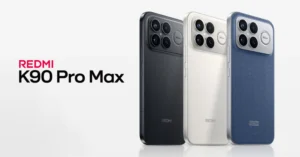

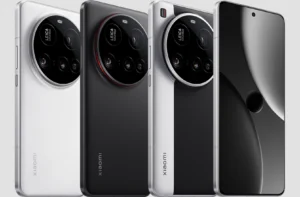


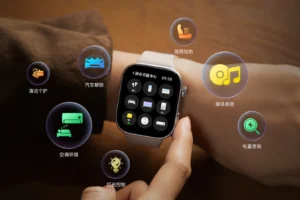
2 thoughts on “Xiaomi 17 Pro vs Pixel 10 Pro: Flagship 2025 Choice”